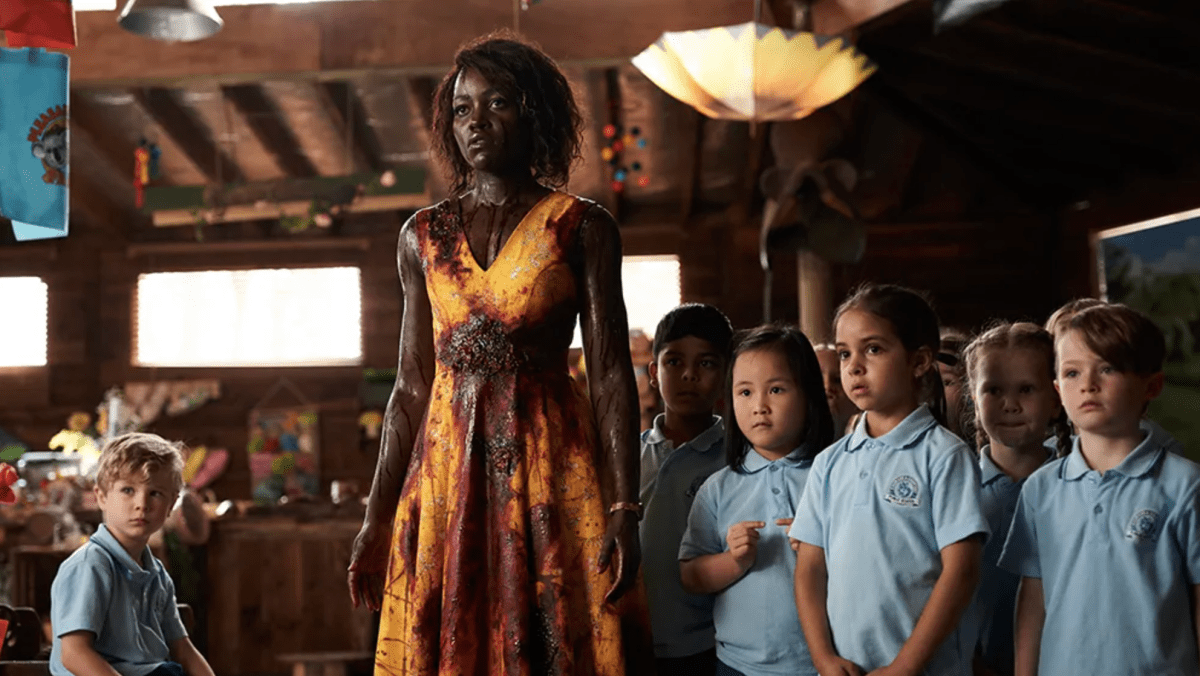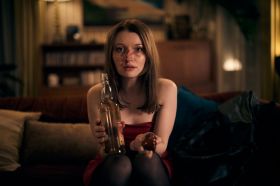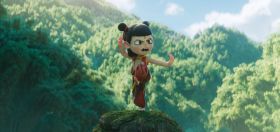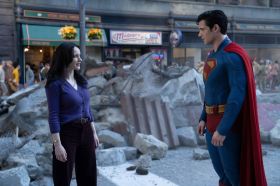Horror is subjective, but we can probably agree that it’s meant to be creepy, crawly and downright scary. The following 20 films, in no particular order, may or may not be the most scary Australian horrors ever made (let us know if there’s one we’re missing) but they’re guaranteed to have you clutching the cushion on movie night.
Quick links
The Babadook (2014)
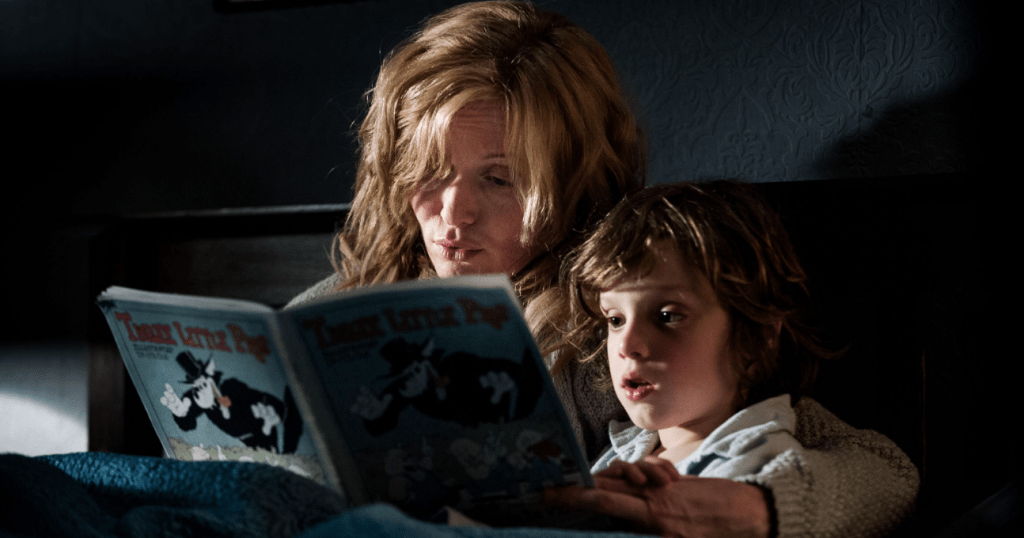
The Babadook. Image: Umbrella Entertainment.
A young boy called Sam starts seeing things and becomes convinced there’s a monster in his house … and not in a good way. His mum, Amelia, grows ever more concerned and paranoid. Written and directed by Jennifer Kent and starring Essie Davis, Noah Wiseman and Daniel Henshall, the film has a 98% critics rating on Rotten Tomatoes, and was ranked by the site last year as the 13th best horror film of all time. The fact the monster keeps itself hidden for the longest time only adds to the suspense and rising terror.
Relic (2020)
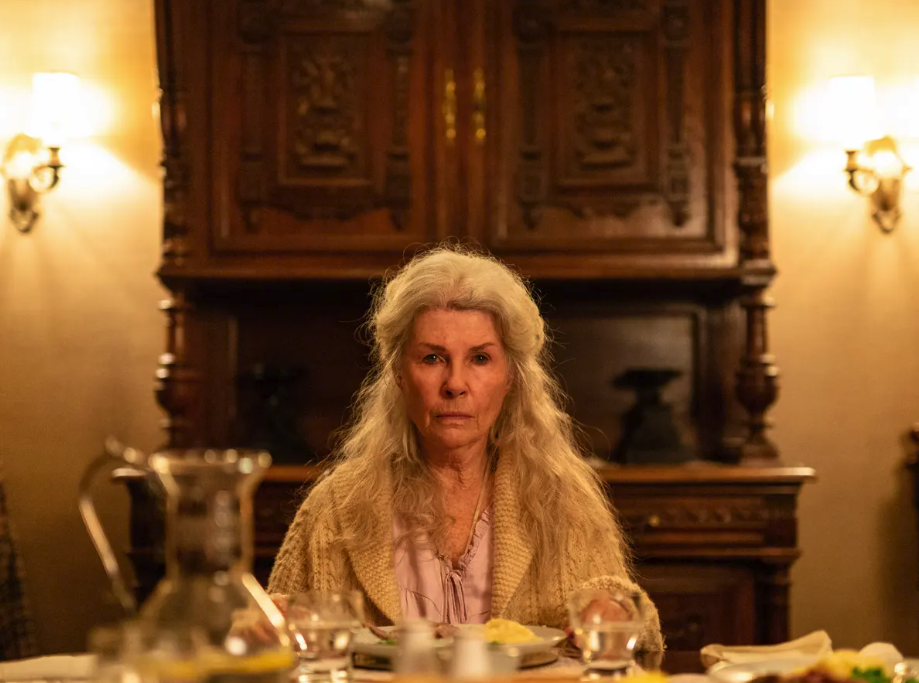
Relic. Image: Stan.
Starring Robyn Nevin, Emily Mortimer and Bella Heathcote, Natalie Erika James’ film manages to combine a genuinely creepy haunted house with a darkly poetic – and confronting – depiction of dementia. The twists often see the story taking turns for the worse (as far as the characters are concerned) but not always, meaning we can’t help but stay on our (shaking) toes throughout. As Mark Kermode wrote in the UK’s Observer:
I’d wager that this spine-tingling, heartbreaking tale of a woman with Alzheimer’s becoming lost in the labyrinthine corridors of her mind, and her home, has a universal power that will resonate with anyone, regardless of personal experience.
Relic review – heartbreaking horror about Alzheimer’s
Hounds of Love (2016)
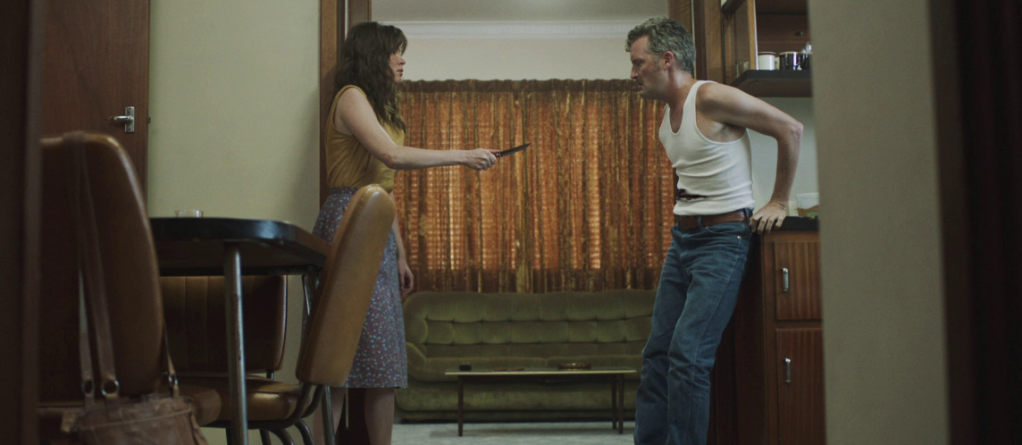
Image: Label Distribution.
In 1987, a husband and wife kidnap and torture a young woman called Vicki in Perth’s suburbs – and Vicki’s only option is to try to turn the couple against each other before they kill her. Ben Young’s film, starring Emma Booth, Ashleigh Cummings and Stephen Curry, is based on several real-life murders, including the Moorhouse Murders, which saw a Perth couple abuse and murder four women, and attempt to murder a fifth, at their Perth home in 1986. Needless to say, it’s an extremely gruesome film, with Kevin Maher writing in the Times (UK):
Hounds of Love is a chance for everyone else to enjoy an utterly punishing night at the cinema, with acute stomach tension and mild stress-induced nausea.
The Times
Celia (1989)
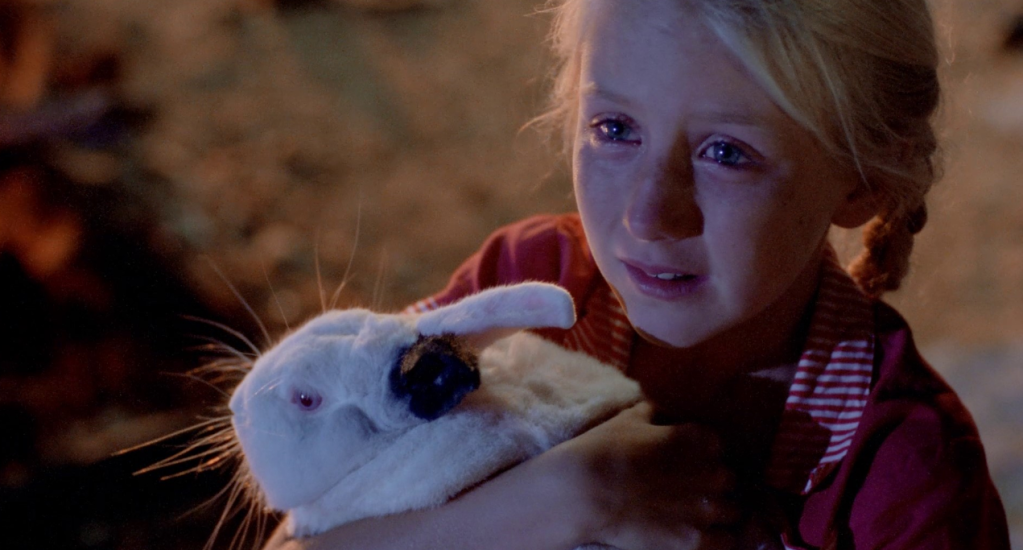
Celia. Image: Hoyts Distribution.
Young Celia is having a hard time of it in 1950s Melbourne. Her parents ban her from playing with the neighbours’ kids because they’re commies, she discovers her beloved gran’s corpse and her pet bunny, Murgatroyd, is taken away by the authorities due to rabbit overpopulation. I mean – give her a break!
She retreats into a world of fantasy and, with the commie kids, starts making, and then stabbing, effigies. Often cited as a strong example of Cold-War-anxiety-turned-cinematic-treat, debate still continues as to whether it’s actually a horror film or a straight drama. In any case, Rebecca Elizabeth Smart is great as the young Celia, and this film by writer-director Ann Turner is going to haunt you.
Talk to Me (2023)
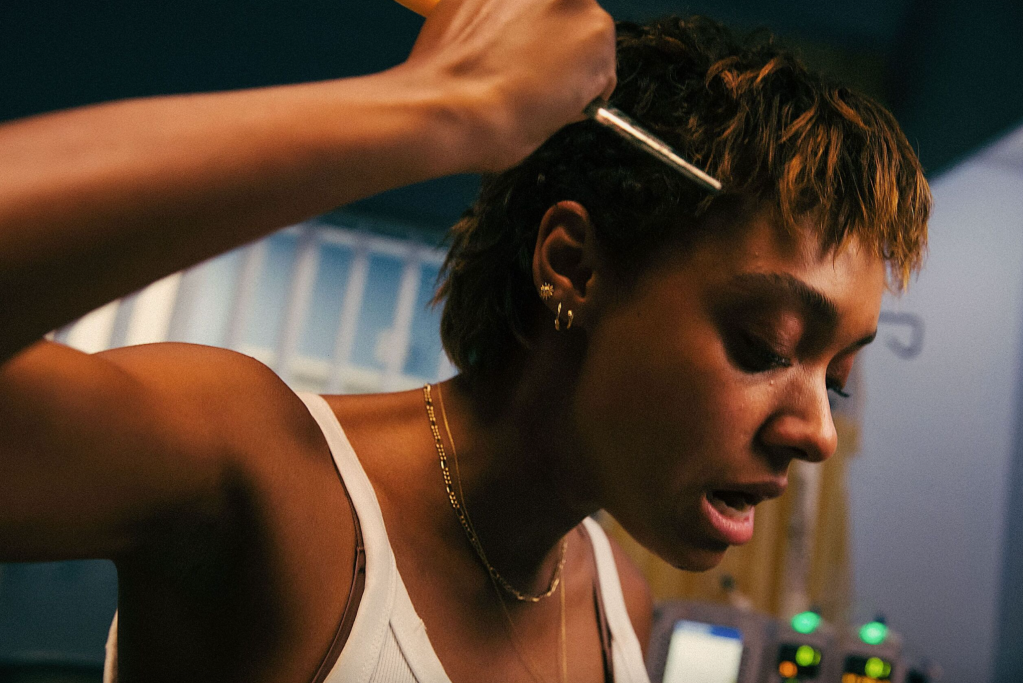
Talk to Me. Image: A24.
A crew of Australian teens play around with a ceramic hand that lets them communicate (via possession) with the dead, but they have to be careful to not let the possessor stay longer than 90 seconds or things will go very badly for everyone.
The debut feature by Australian brothers Danny and Michael Philippou recently became A24’s most successful horror at the box office and a sequel is now in the pipeline. One of the film’s many strengths is, no matter how sure you feel about what’s likely to happen, you’ll still be jumping out of your seat and/ or hiding your face in sheer terror.
Read: Talk to Me review: an Australian horror to possess you
Bloody Hell (2020)
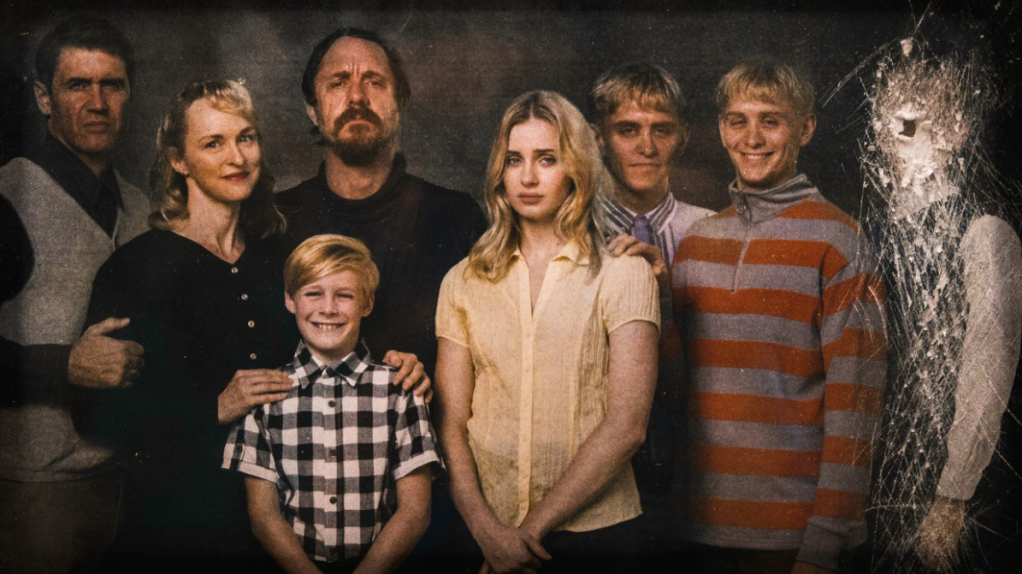
Image: Entertainment Squad.
Alister Grierson’s horror comedy, starring Ben O’Toole, Caroline Craig and Matthew Sunderland, tells the story of Rex Coen, a US veteran who goes on the run from his troubled past, only for things to get much, much worse. The moral? A fresh start can be a fresh hell. Think horror, comedy and rom-com rolled into an entertaining, if bloody, pulp. The film has a 91% critics rating on Rotten Tomatoes, with the following critics consensus:
For genre fans in the mood to watch some darkly funny mayhem, Bloody Hell lives up to its title in all the best ways.
Rotten Tomatoes.
Bedevil (1993)
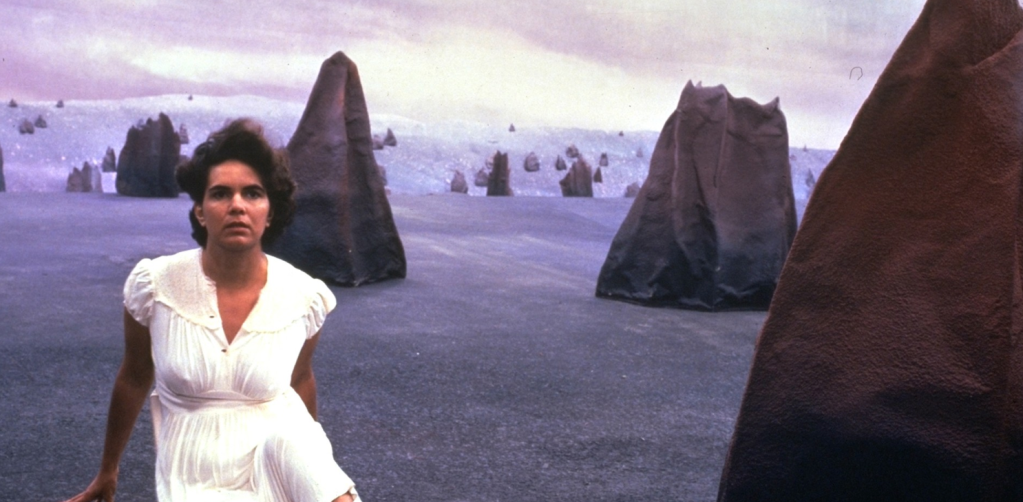
Bedevil. Image: Anthony Buckley Films Pty Ltd.
Tracey Moffat’s film is often cited as the first feature to be directed by an Indigenous Australian. The trilogy of stories it contains are inspired by the stories the artist heard from the Irish-Australian and Aboriginal relatives in her family. All are surreal and engrossing, whether it’s Mr Chuck, which sees a young Indigenous boy pursued by the ghost of an American GI, Choo Choo Choo Choo, in which a family is plagued by invisible trains and the ghost of a young girl, or Lovin’ the Spin I’m In, in which a young couple die but continue, as spirits, to dance together.
Family Demons (2009)
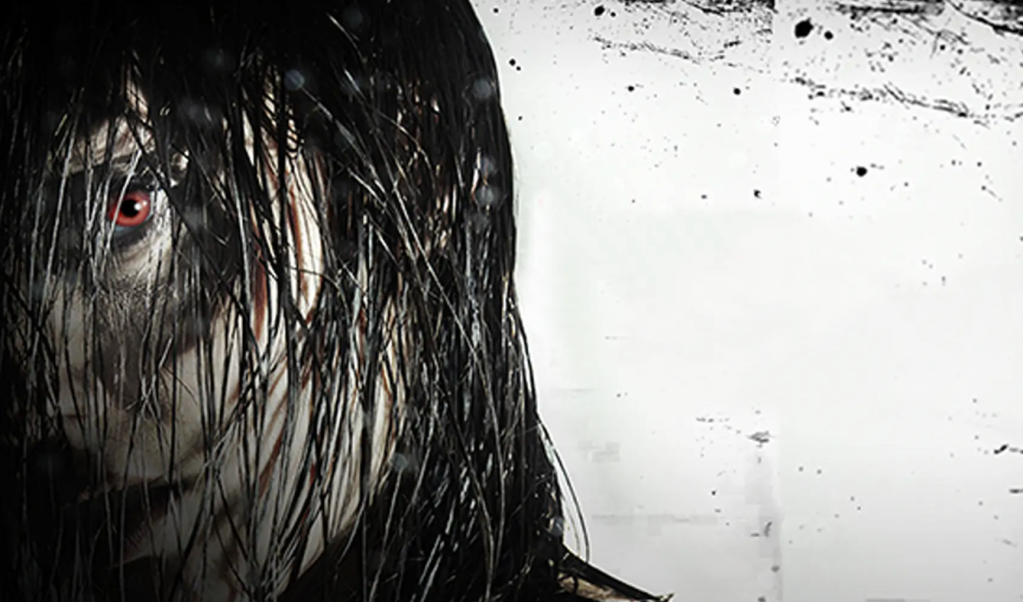
Family Demons. Image: IFM World Releasing.
Ursula Dabrowsky’s 2009 film lives up to its title. When a teenage girl snaps and murders her serially abusive alcoholic mum, that should be the end of it – but the mum returns as a nasty spirit to make her life a waking nightmare. Shot on a budget of just $6,500, the film won Best Australian Director at the 2009 Night of Horror Film Festival in Sydney. As per the reviews website Scary Minds:
Family Demons is one of those movies that takes out your pre-conceptions of what a dark genre film should be and replaces them with questioning about what you have just seen.
Scary Minds
Picnic at Hanging Rock (1975)
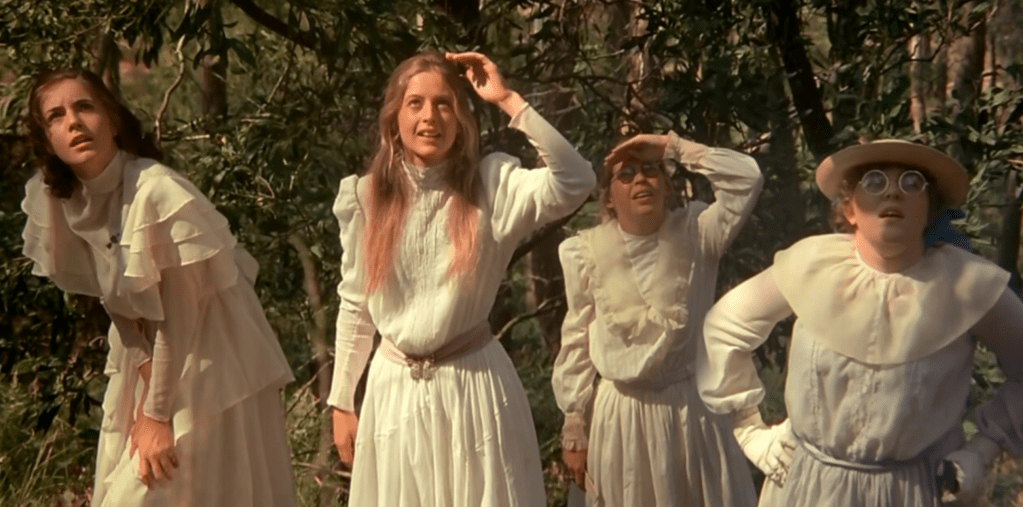
Picnic at Hanging Rock. BEF Film Distributors.
If there’s one thing European Australians like it’s a tale about children being swallowed by the vast and foreboding landscape. Which is one of the reasons Peter Weir’s 1975 adaptation of Joan Lindsay’s 1967 novel strikes a deep and gloomy chord.
A group of girls from a boarding school go missing during an expedition to Hanging Rock on Valentine’s Day, 1900 … but what really happened to them? Starring Rachel Roberts, Helen Morse and Jacki Weaver, the film is described on Rotten Tomatoes as: ‘moody, unsettling, and enigmatic – a masterpiece of Australian cinema and a major early triumph for director Peter Weir’.
Snowtown (2011)
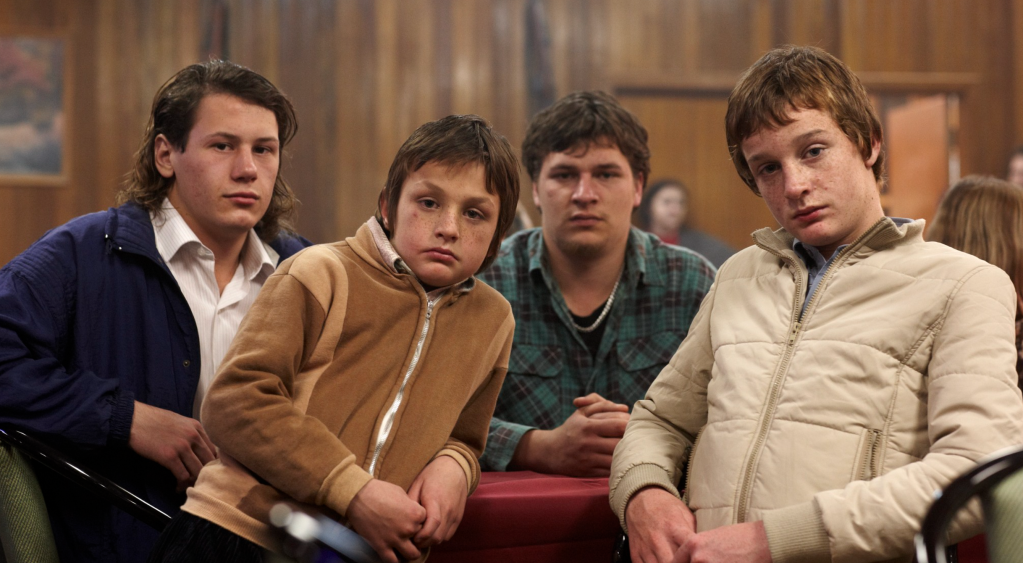
Snowtown. Image: Madman Films.
Justin Kurzel’s 2011 directorial debut, also known as The Snowtown Murders, starts with an abused 16-year-old boy in Adelaide who starts hanging out with his mum’s new violent and homophobic partner and continues with a torture and murder spree. Based on the story of the real-life Snowtown murders, which saw a series of bodies found in barrels – many in an abandoned bank vault in South Australia – it’s a brutal tale chillingly brought to life, with many critics praising the filmmaking while baulking at the graphic violence. It has an 85% critics rating on Rotten Tomatoes, with Jyoti Roy describing it for Bitch Media as:
a fascinating psychological study, both on the effects on the audience and the arc of the characters as we are see them (and ourselves) slowly consumed by this bleak, murderous, poverty stricken town in rural Australia. Not a film for entertainment, but as a piece of art … a very bleak, hard to watch, chilling piece of art.
Bitch Media
Alison’s Birthday (1981)
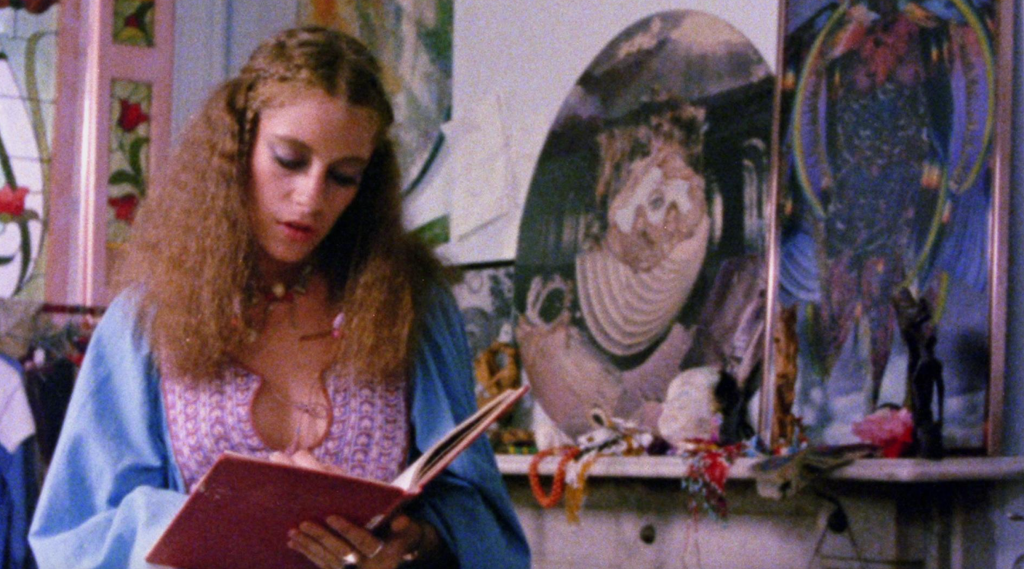
Alison’s Birthday. Image: Australian Film Institute.
The unbreakable link between teenagerdom and horror is present and correct in Ian Coughlan’s 1981 film. Alison, 16, and her two classmates get their hands on a ouija board, with one of the girls – Chrissie – becoming possessed by a spirit claiming to be Alison’s dad, and coming a cropper shortly afterwards. Nearly three years pass before Alison returns home for her nineteenth. Expect creepy crones, Celtic cults, standing stones, devil worship and attempted kidnappings – it’s not the celebration Alison was hoping for.
Lake Mungo (2008)
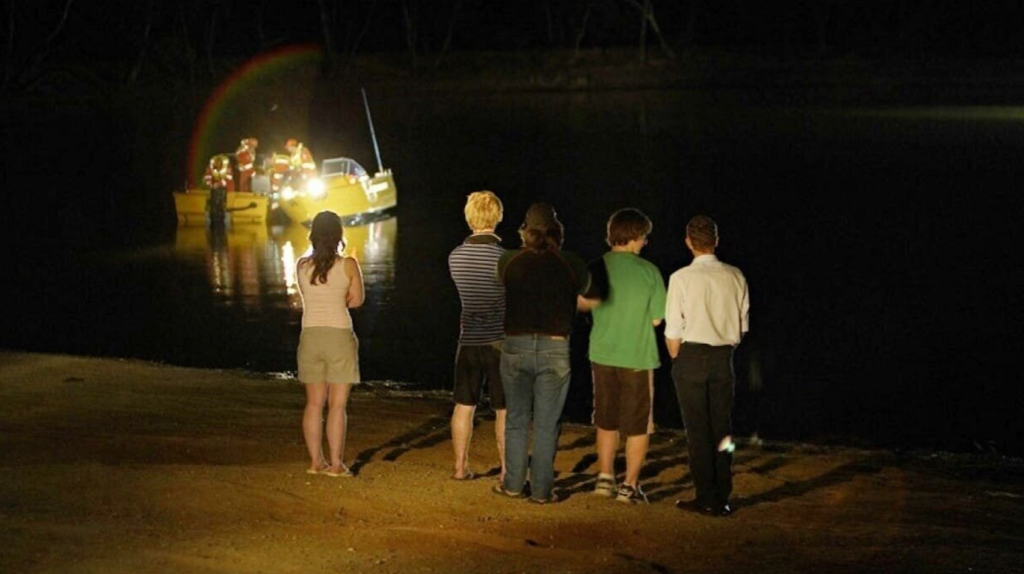
Lake Mungo. Image: Mungo Productions.
If psychological horror is your thing, you’ll love Joel Anderson’s mockumentary in which a 16-year-old girl drowns while swimming with her family, only to prompt – it seems – inexplicable events in the family home. A psychic comes on board to deal with what appears to be a haunting, the girl’s body is exhumed and a her mobile phone is discovered under a tree at Lake Mungo. The film has a 96% critics rating on Rotten Tomatoes, with Anton Bitel describing it in Projected Figures as:
a sophisticated, adult tale that blends complex, compelling emotions with reflexive commentary on film as a ‘medium’ of memory, manipulation and magic… a classic supernatural enigma, once seen never forgotten.
Projected Figures
Cargo (2017)
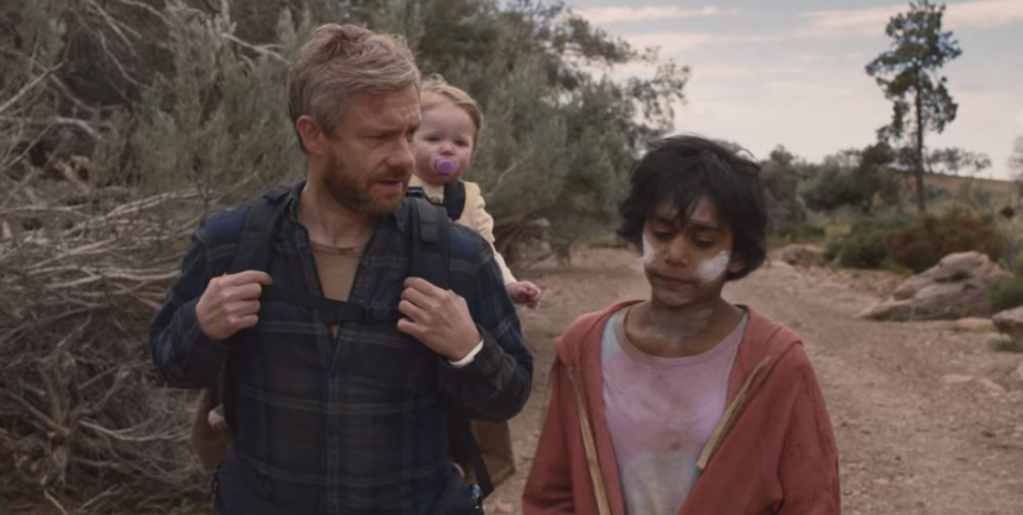
Cargo. Image: Netflix.
In what might bring unfortunate Covid-era flashbacks, a father searches for someone to protect his daughter as an epidemic courses through Australia – and by epidemic, the film means a virus that turns people into rabid zombies within a couple of days of infection.
If you enjoyed The Road (2009) and hanker for some George A Romero-esque action in the Australian outback then this might be for you. Martin Freeman, more commonly known for his comic turns, was widely praised for bringing emotional depth to his character.
Patrick (1978)
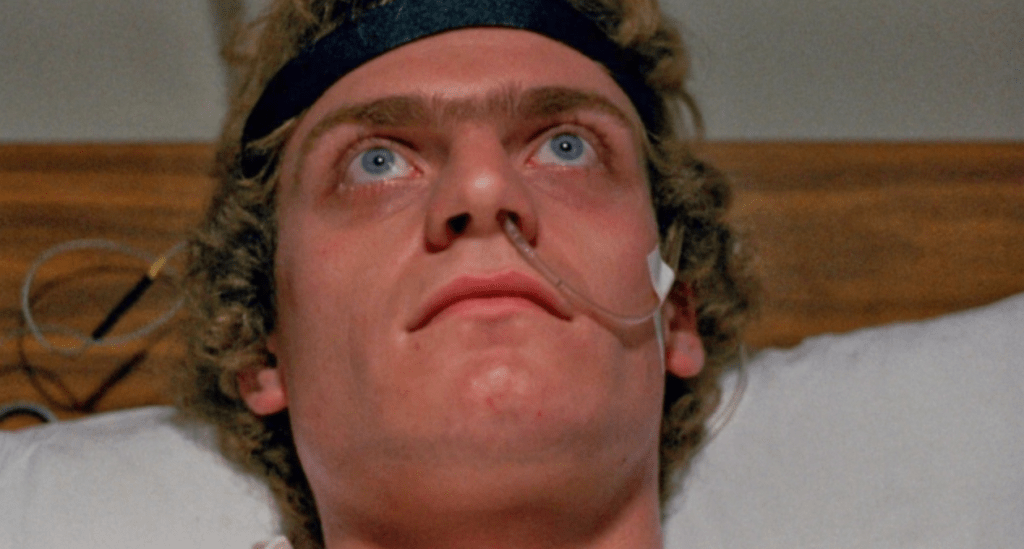
Patrick. Image: Filmways Australasian Distributors.
A few years after killing his mum and dad, young Patrick lies comatose in a private Melbourne hospital where he is being artificially kept alive as part of a study into life and death. Meanwhile, his new nurse Kathy, and the rest of the staff, haven’t twigged to the fact he has psychokinetic powers that let him travel outside his body and try to charm and/ or kill people.
Considered a flop at the Australian box office on release, it travelled well overseas, including in the US. Some critics loved it, some hated it, but nobody could fault its originality.
Little Monsters (2019)
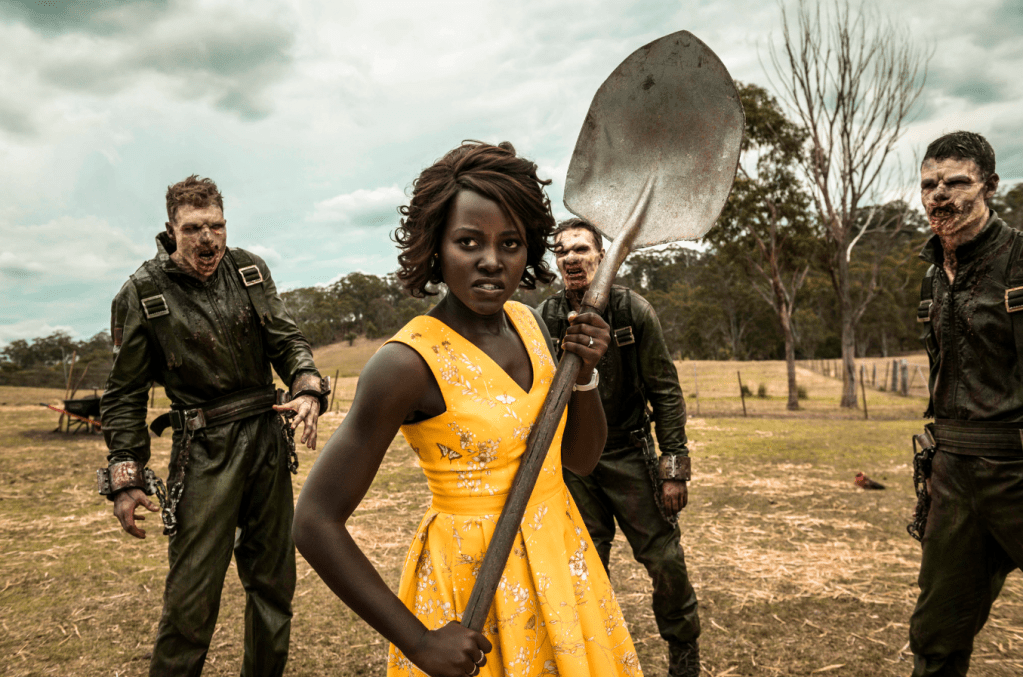
Little Monsters. Image: Universal Pictures.
Financed and produced by Screen Australia, and shot in Sydney, Abe Forsyth’s 2019 film is that rarest of things: a post-apocalyptic musical action comedy horror. A musician on the wane, a children’s TV presenter and a kindergarten teacher join forces to protect a group of young schoolkids during a zombie outbreak.
Lupita Nyong’o was widely praised for her performance, and the child stars were applauded for being believable and unsaccharine. As Kim Newman wrote in Sight & Sound:
The trick of a zombie gross-out comedy is to balance extreme splatter, suspense and broad-strokes satire with a sweet nature and whimsy to take the edge off potential misanthropy. It’s not an easy mix, but Little Monsters works like a charm.
Sight & Sound
The Well (1997)
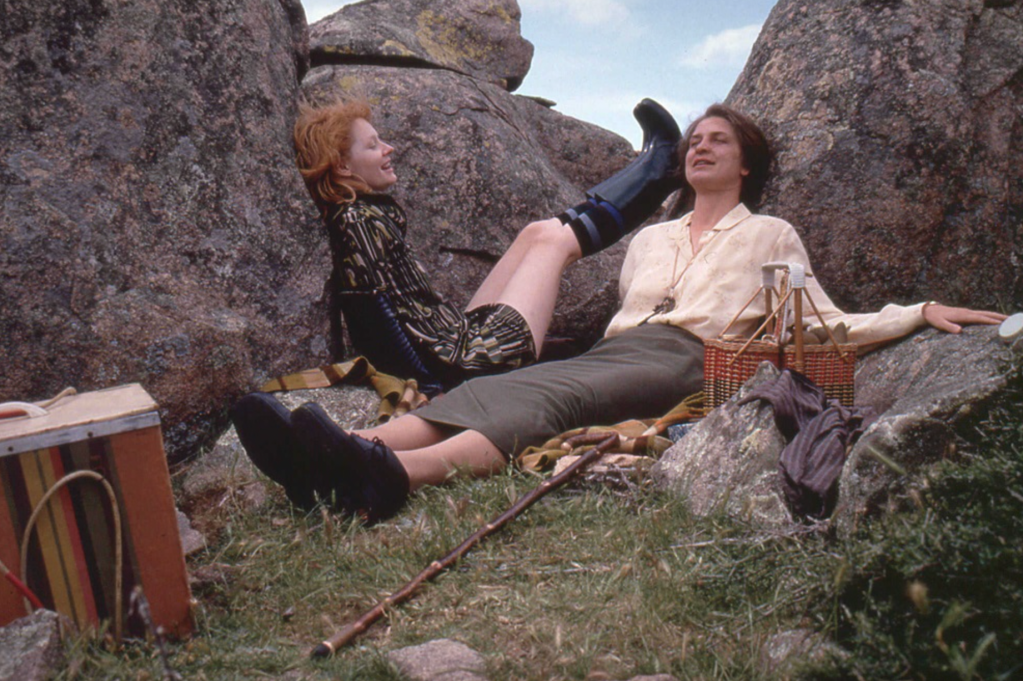
The Well. Image: Southern Star Xanadu.
Based on the 1986 Elizabeth Jolly novel of the same name, and starring Miranda Otto and Pamela Rabe, Samantha Lang’s film is technically a drama but is chilling and moody enough to qualify as a horror, depending on your taste.
Hester is a loner whose life is upended by the arrival of a troubled younger woman, Katherine, the new house help at her father’s isolated NSW farm. Flush with money after her father dies and she sells the farm, Hester wants to travel to Europe with Katherine – until tragedy strikes and all eyes turn to the farm well.
It has plenty of detractors, including those who wanted more scariness, but was also praised for its examination of female relationships and sexual repression. As Maitland McDonagh wrote for Film Journal International:
This sublimely creepy, low-key film is not for all tastes. But The Well casts a haunting spell.
Rotten Tomatoes
Wolf Creek (2005)
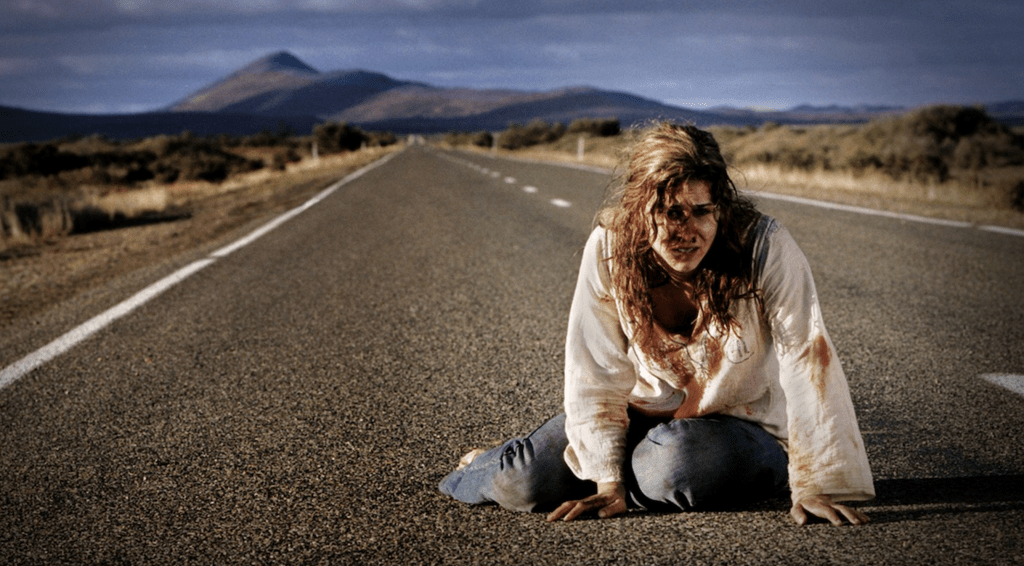
Wolf Creek. Image: Roadshow Entertainment.
The outback shows itself yet again to be a place where things can go really wrong, really quickly, and not just because you forgot your water bottle and Factor 50. Three backpackers doing their thing are taken prisoner and hunted by a psychopathic serial killer, in a tale marketed as being ‘based on true events’.
Written, co-produced and directed by NIDA graduate Greg McLean, and shot in South Australia, it split critics, nearly all of whom agreed it did what it was intended to do – scare the bejeezus out of us – but not all of whom agreed on the means, as summed up in the Rotten Tomatoes critics consensus:
Though Wolf Creek is effectively horrific, it is still tasteless exploitation.
Rotten Tomatoes
Killing Ground (2016)
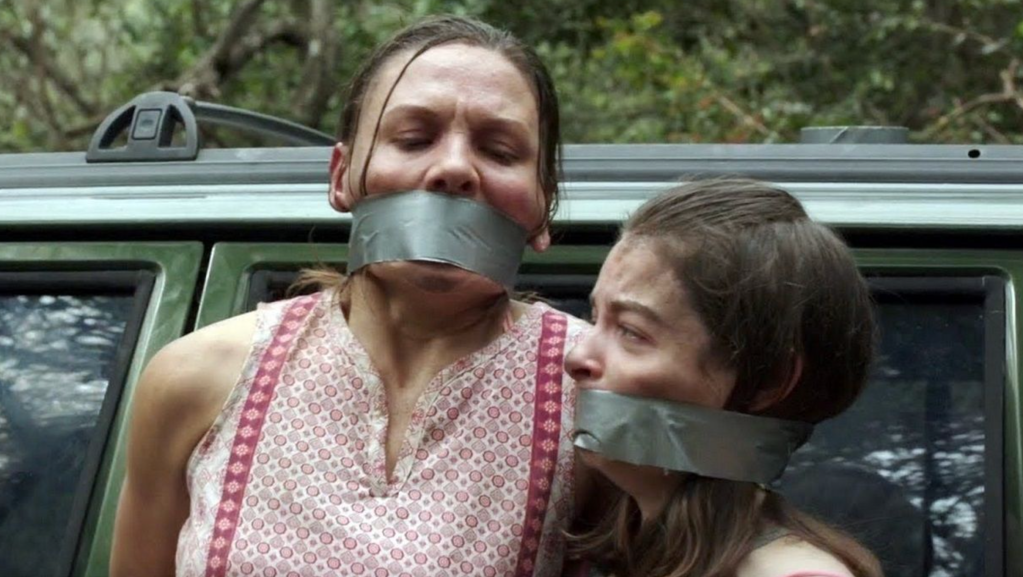
Killing Ground. Image: IFC Midnight.
It doesn’t seem to matter how often Australians head into the bush – they never realise terrible things will happen, at least in horror-movie land. In this case, a couple’s run-of-the-mill camping trip leads to them witnessing a brutal crime and … well, things just get darker from there.
Directed by Damien Power and starring Aaron Pederson, Harriet Dyer and Ian Meadows, the film follows the Wolf Creek playbook in terms of its realistic (maybe too realistic, some critics argued) depictions of violence. It won plaudits for its narrative structure and, if your stomach can handle it, scariness, with Luke Buckmaster writing in The Guardian that it:
combines great aesthetic elegance – including beautiful cinematography and naturalistic editing – with an acrid, lingering foulness, derived from knife-edge performances and a terrifying premise executed with airtight verisimilitude.
The Guardian
Wake in Fright (1971)
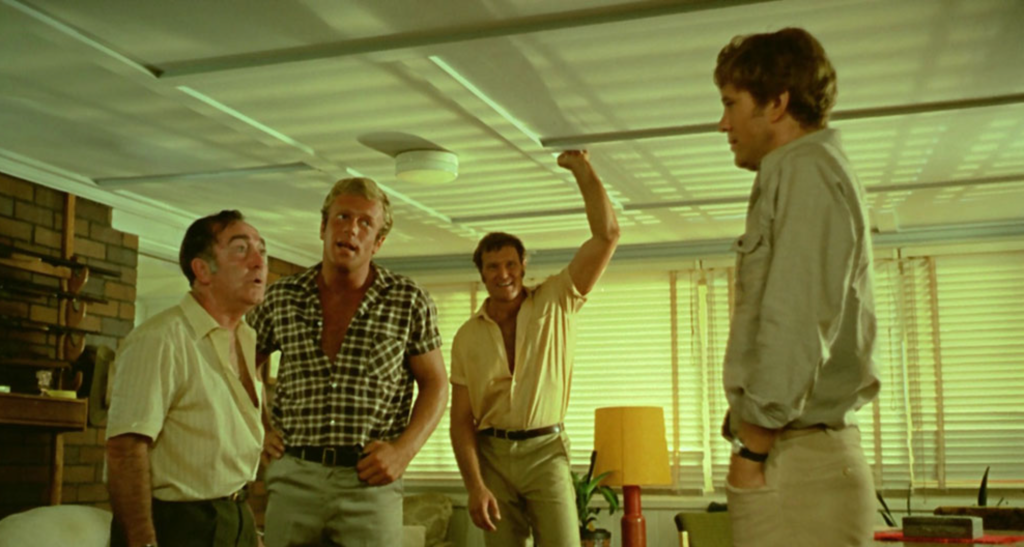
Wake in Fright. Image: United Artists.
Outback Australia is back to frighten you, this time via Ted Kotcheff’s film about a young schoolteacher who finds himself stranded in Tiboonda, NSW, where he is forced to work to pay back the financial bond he signed with the government to do his teacher-training. Losing all his money in repeated games of two-up, he falls into a life of alcohol, debauchery and self-loathing, feeling ever more contempt for the townspeople.
It’s based on Kenneth Cook’s 1961 novel (same name) and stoked controversy for, among other things, a hunting scene that saw real kangaroos being shot and killed.
It has a 97% critics rating on Rotten Tomatoes, with the consensus that:
A disquieting classic of Australian cinema, Wake in Fright surveys a landscape both sun-drenched and ruthlessly dark.
Rotten Tomatoes
The Loved Ones (2009)
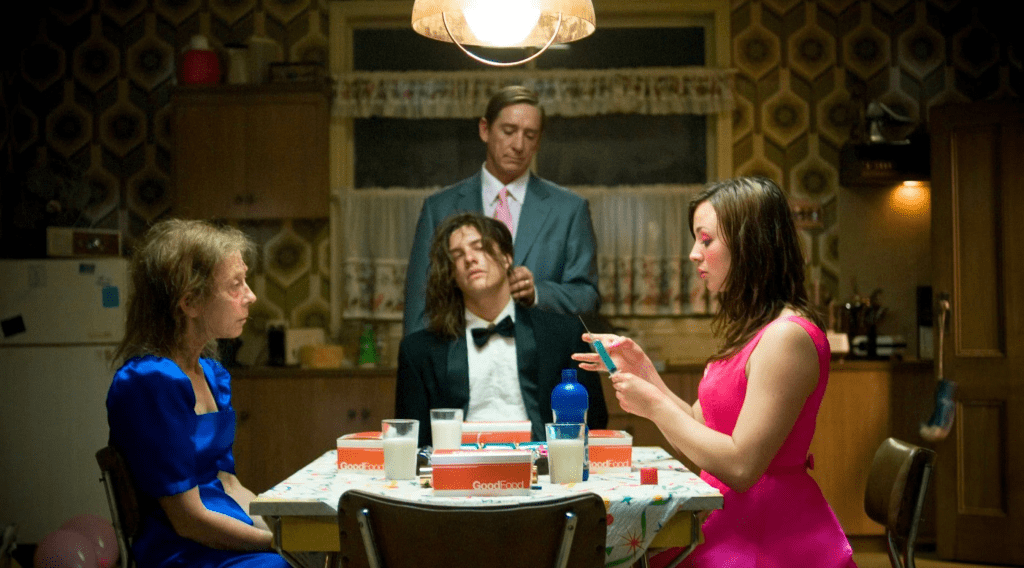
The Loved Ones. Image: Madman Films.
Sean Byrne’s 2009 debut starring Xavier Samuel, Robin McLeavy and John Brumpton, comes with a central message we’d all do well to heed: don’t turn down your classmate’s invitation to prom night, especially if she’s called Lola Stone … chances are you’ll be kidnapped by Lola and her dad, Eric, and will have to attend a party with Lola anyway, but it won’t be nearly as good as the prom and you’ll spend the whole evening contemplating how much better it would have been to be drinking punch with your peers than the horror that’s unfolding.
Shot in Melbourne, including at at Box Hill Secondary and Kew High School, the film serves up comedy, sadism and a satisfying twist. It has an almighty 98% critics rating on Rotten Tomatoes, with Eric Kohn writing for IndieWire that:
It’s a terrifying masterpiece that turns high school drama into a literal dead zone.
